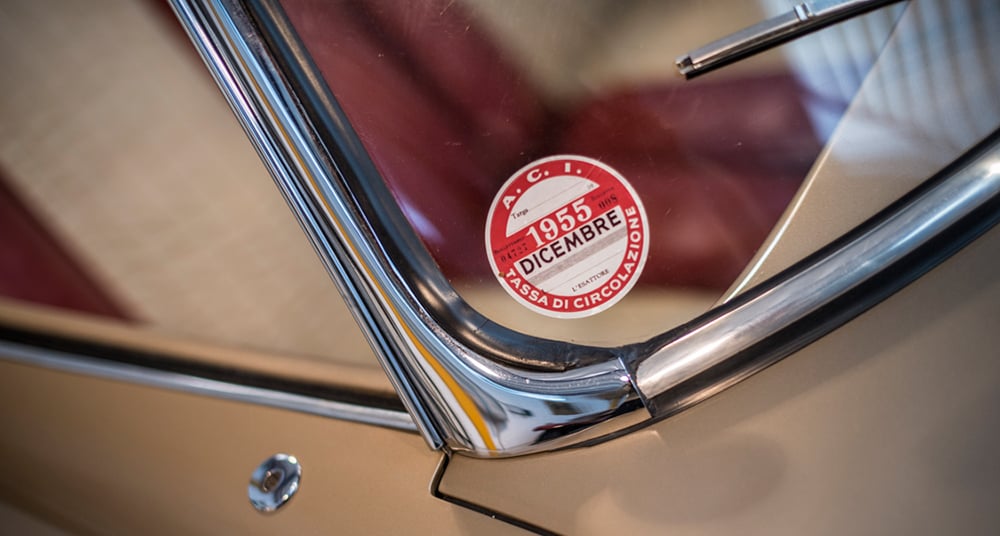
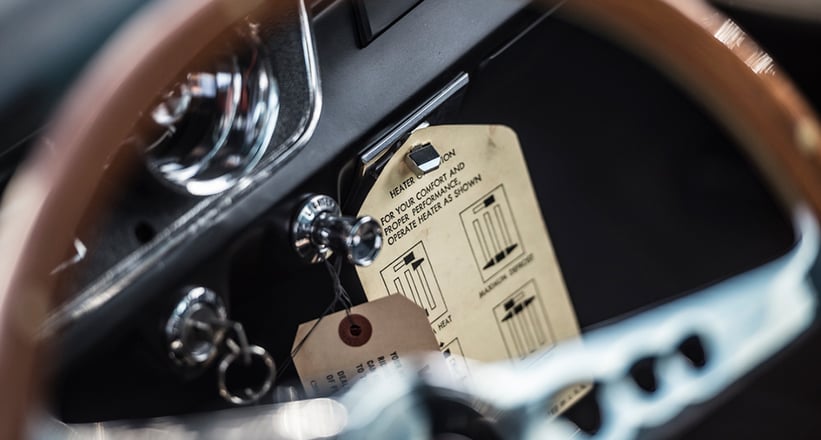
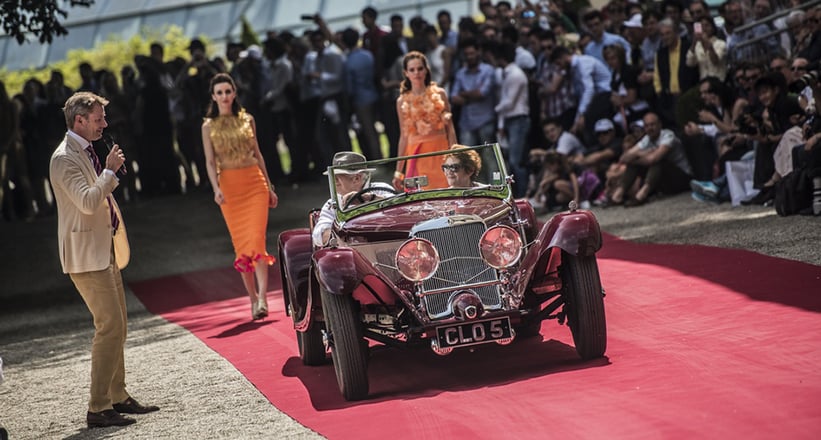
Presenting a classic or vintage car at a concours competition is very difficult, and many details can either make or break a car’s chances of success. Getting the finest particulars right – such as historic badges or windscreen stickers visible on period photos of the car – shows intimate research and attention to detail. Many restorers these days go to great lengths to reproduce missing details, such as historic tax discs. Tyres are another highly scrutinised topic – the correct tread pattern, particularly on an open-wheeler, contributes significantly to the historic appearance of a car. Some owners even go to the lengths of having different sets of tyres for driving and presenting.
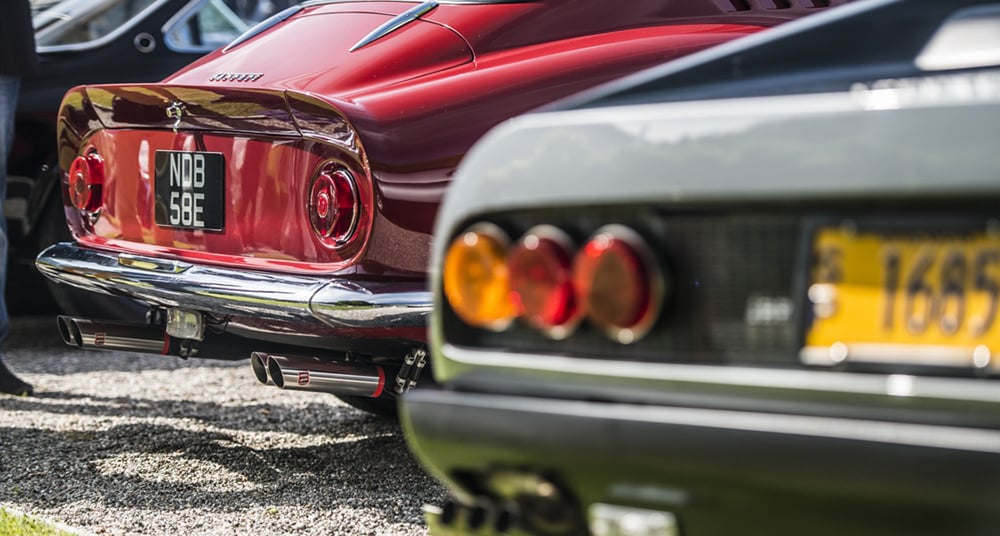
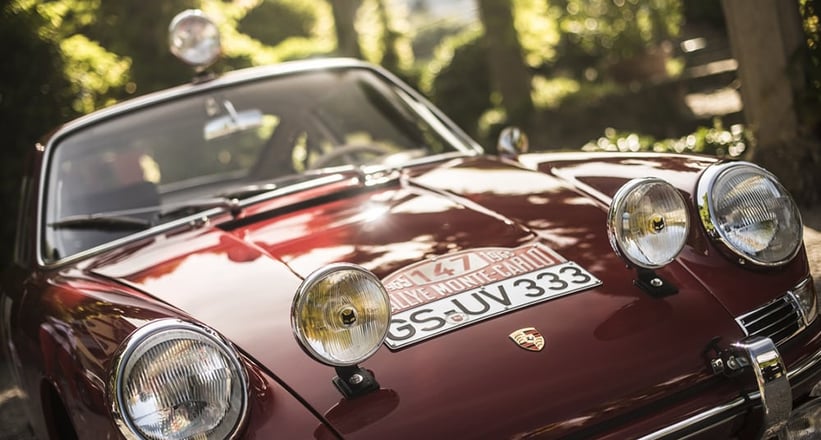
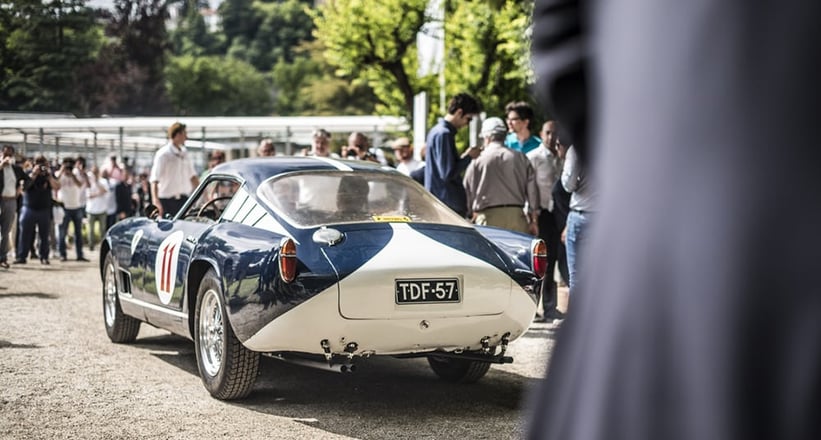
All these aspects can be easily changed and don’t necessarily interfere with a car’s legality. What amazes me most is that, having spent so much time and effort getting the particulars right, owners still forget one of the most conspicuous period details: the number plate. It is somewhat painful to see a great historic car at a concours d’elegance with a modern ‘historic’ plate, particularly when this is not a difficult thing to put right. Most cars are so carefully researched that the number plate history is well known.
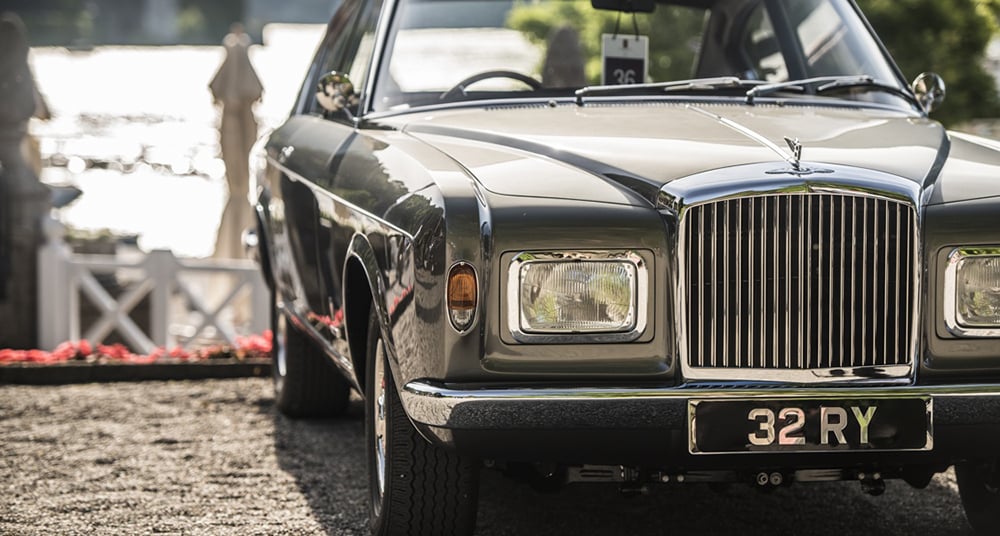
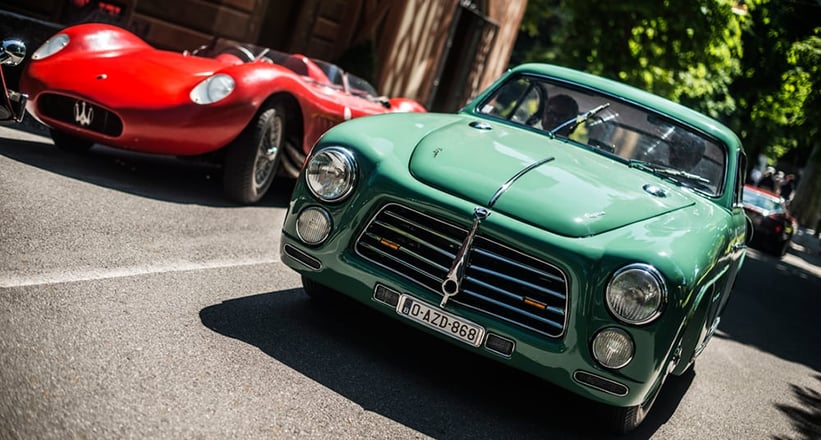
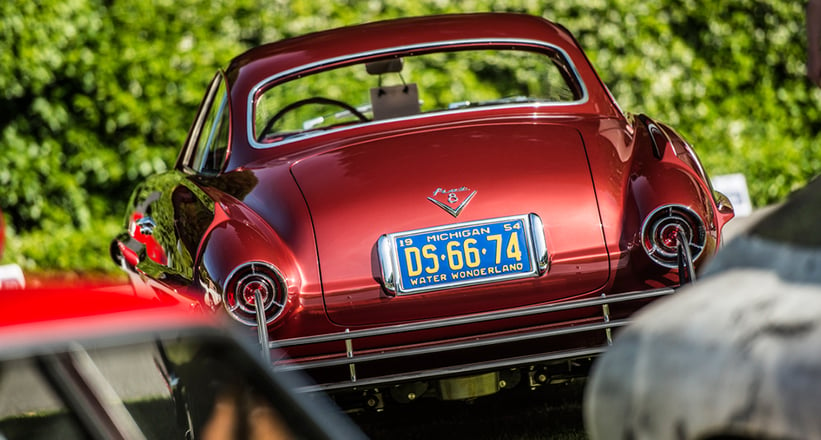
Obviously the British number plate system is the best in the world from ‘our’ point of view, because every plate ever issued is still roadworthy. So many important cars in England are known not only by their chassis numbers, but also by their number plates. The advantage here is that cars can be historically authentic and still road-legal.
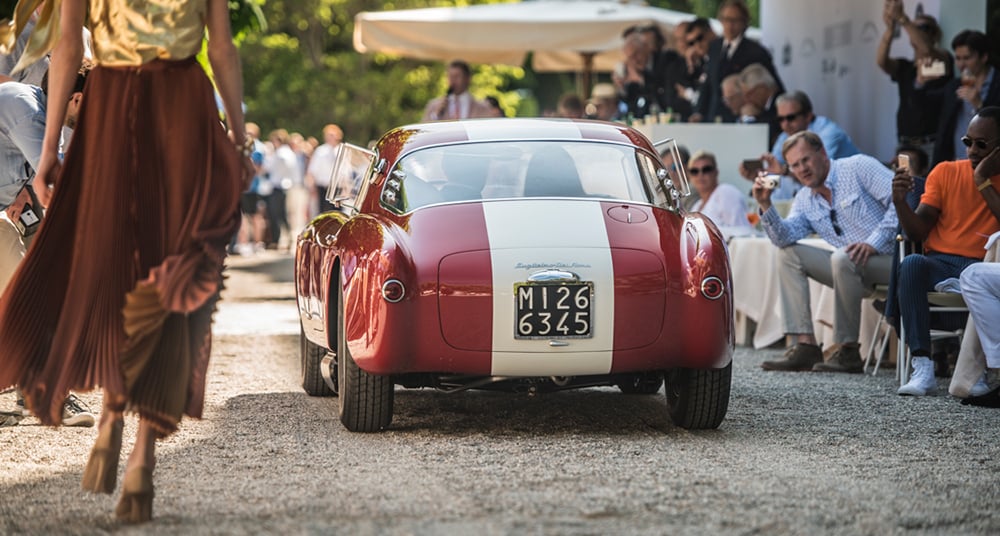
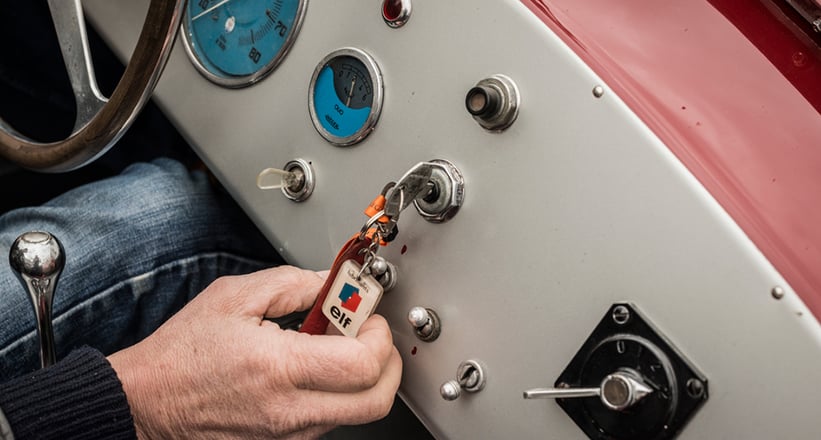
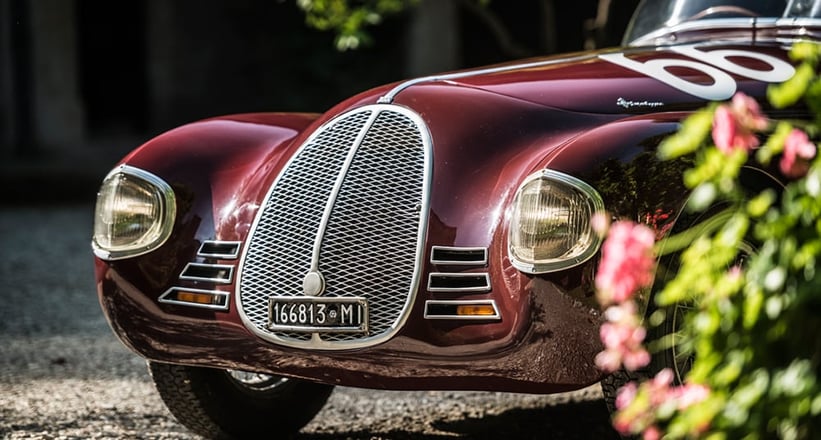
An historic car displayed at the Concorso d’Eleganza Villa d’Este looks perfect with its original Como, Milano or Turino number plate, and I hope to see many of the rolling sculptures on the fairways of Pebble Beach this weekend proudly displaying their correct period plates. An owner’s dedication to detail will always be recognised.
Photos: Rémi Dargegen for Classic Driver










































